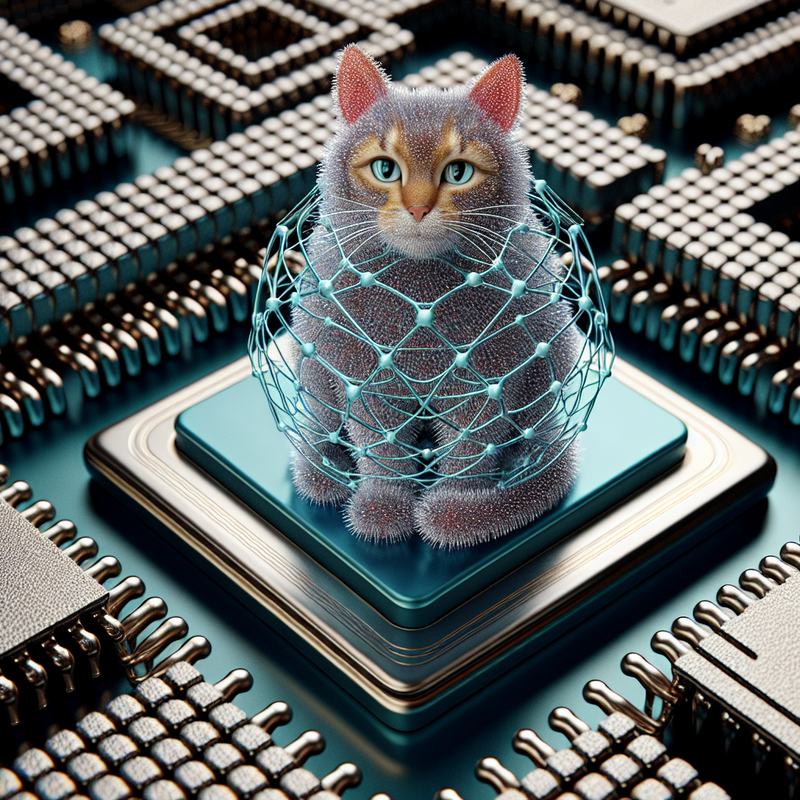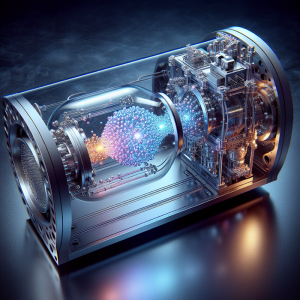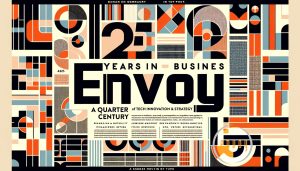Engineering a Quantum Leap with Atomic Cat ‘With Seven Lives’
Engineering experts at the University of New South Wales (UNSW) have accomplished a quantum leap by embodying the concept of Schrödinger’s famed thought experiment in a tangible form within the realm of quantum computing. They have forged an ‘atomic cat’ that boasts the equivalent of seven lives, marking a significant stride toward addressing computational errors.
In their pioneering research featured in Nature Physics, Professor Andrea Morello and his team at UNSW used antimony with its intricate nuclear spin properties to engineer a quantum system with enhanced resilience. The team exploited the atom’s capacity to occupy eight different spin states to craft a quantum ‘cat’ with more than the classic binary existence, thus expanding the possible states in which it can exist.
Embracing Quantum Intricacies
Inspired by the philosophical riddle of Schrödinger’s cat, which suggests a cat could be concurrently dead and alive until observed, Morello’s ensemble has extended this paradigm to their quantum creation. Xi Yu, the principal author of the study, describes how antimony’s significant magnetic dipole and multiple spin directions leapfrog beyond binary options, offering a richer spectrum for quantum operations.
The vulnerability of conventional qubits, which are susceptible to errors flipping their ‘0’ or ‘1’ states and causing computation failures, is mitigated by antimony’s expanded spin states. As Benjamin Wilhelm, a co-researcher, elucidates, these additional states act like multiple lives, providing a buffer against information corruption.
The integration of this antimony-based quantum entity into a silicon quantum chip inaugurates new possibilities for quantum control and scalability. Dr. Danielle Holmes, who was instrumental in the chip’s creation, points out the potential of using existing silicon manufacturing processes to scale this quantum advancement.
The international collaboration behind this research has yielded a method that enhances the error tolerance of quantum computing, enabling rapid detection and correction of errors. Morello values the cross-border collaboration that brought this innovation to life, uniting leading teams with diverse specializations.
The UNSW team now looks forward to achieving the next technological benchmark: implementing quantum error detection and correction, paving the way for more reliable quantum computing systems.
























